RFID technology is revolutionizing inventory management across various industries. In the automotive sector, suppliers for car interiors are leveraging RFID to ensure order accuracy for major car brands. Similarly, logistics operations have integrated RFID in their parts warehouse to manage orders efficiently, reducing costly mistakes and ensuring timely deliveries.
Healthcare is another area where RFID is making strides. For instance, RFID is being used to automate logistics and trace medical devices, notably in prosthetics, leading to immediate discrepancy identification and error rate reduction. In the beauty industry, RFID's traceability features have enabled a significant reduction in stockouts and labor costs, while enhancing revenue.
The food and beverage sector is also benefiting from RFID technology. Brands are creating frictionless retail experiences, and companies are using RFID for reliable product tracking to combat theft and counterfeiting. Moreover, RFID technology is being employed to ensure food safety and improve supply chain and inventory management in the restaurant industry.
RFID's impact extends to the construction industry by streamlining inventory checks, thus saving time and labor. Additionally, the technology is being used to monitor moisture levels in buildings to prevent damage. In retail, digitizing products to offer interactive customer experiences, while suppliers are enhancing sustainability by tracking deliveries and returns with RFID-enabled systems.







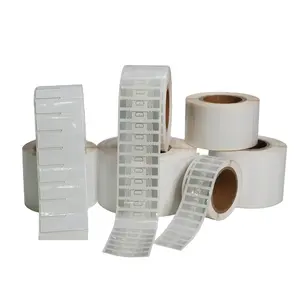


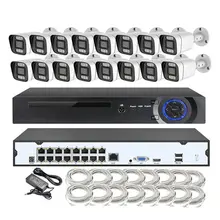





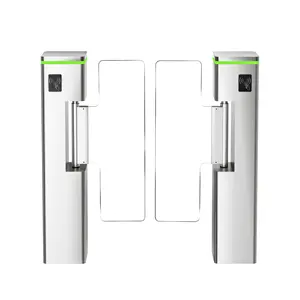



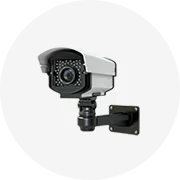


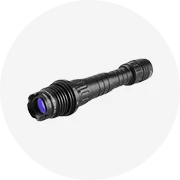
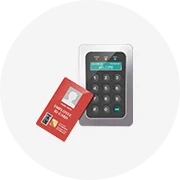












 浙公网安备 33010002000092号
浙公网安备 33010002000092号 浙B2-20120091-4
浙B2-20120091-4